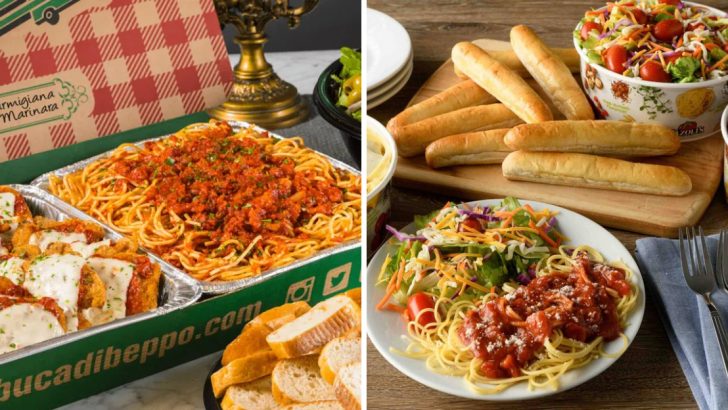Craving pasta but not sure where to go? Italian restaurant chains offer convenient options when you want lasagna, spaghetti, or pizza without traveling to Italy.
But not all Italian chains deliver authentic flavors or good value. Some leave you wishing you’d cooked at home, while others truly bring a taste of Italy to your neighborhood.
1. Olive Garden
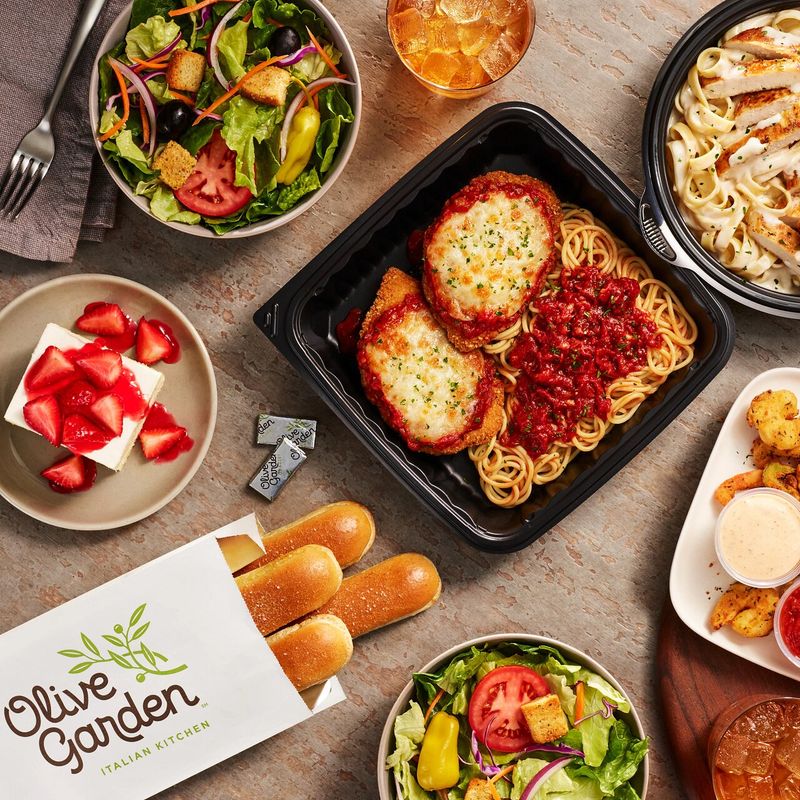
Those famous breadsticks might keep coming, but actual Italian flavor never arrives at the table. Despite their never-ending pasta promotions and cozy atmosphere, Olive Garden serves up Americanized versions of classic dishes drowning in heavy cream sauces that would make an Italian grandmother weep.
Their soup-salad-breadstick combo remains the safest bet on a menu filled with dishes that bear little resemblance to their Italian inspirations. The restaurant’s massive portions try to compensate for what the food lacks in authenticity.
2. Fazoli’s
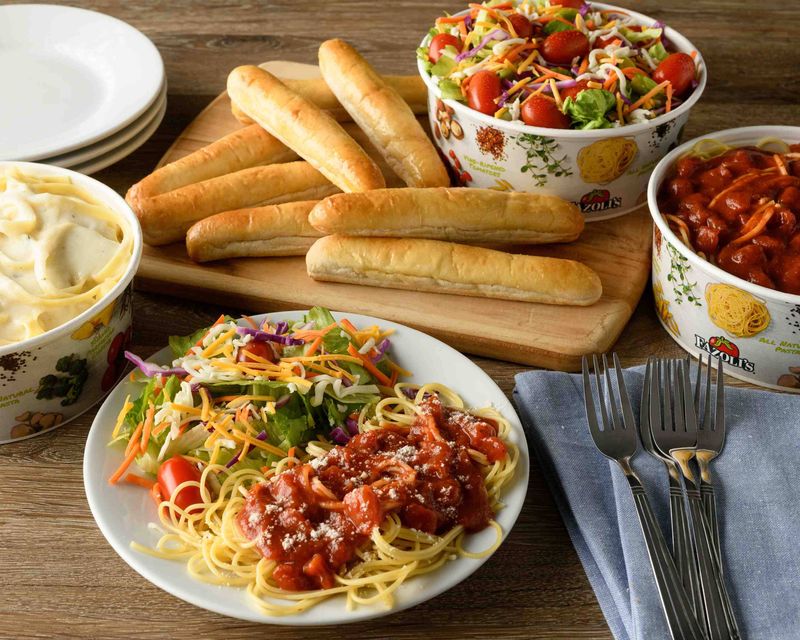
Speed shouldn’t be the primary selling point for Italian cuisine, yet Fazoli’s built their entire business model around it. Their drive-thru approach to pasta results in noodles that are often overcooked and sauces that taste straight from a jar – because they probably are.
Those complimentary breadsticks might seem like a nice touch, but they’re merely a distraction from the bland, uninspired main courses. The restaurant’s attempts at Italian classics fall flat, with pizza that resembles school cafeteria offerings and lasagna layers that mysteriously blend together.
3. Buca Di Beppo
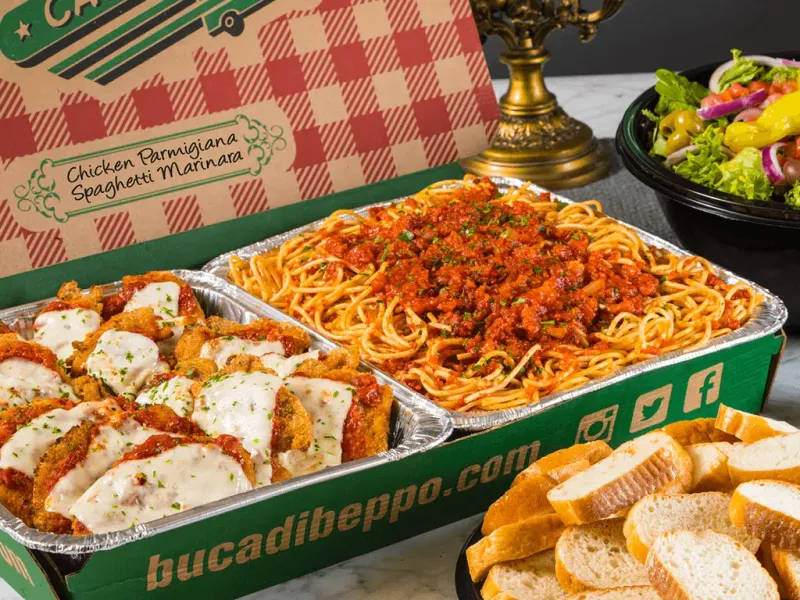
Walking into Buca di Beppo feels like stumbling onto a movie set designed by someone who’s never actually been to Italy. The walls plastered with cheesy photos and the deliberately cluttered decor can’t distract from food that’s mediocre at best.
Family-style portions mean you’ll get mountains of underwhelming pasta at premium prices. Their heavy-handed approach to seasonings – either too much or none at all – leaves dishes tasting unbalanced and inauthentic.
4. Johnny Carino’s

Johnny Carino’s suffers from a severe identity crisis. Is it Italian? Tex-Mex? Some strange hybrid that should never have existed? Their menu reads like it was created by a committee that couldn’t agree on a direction.
Signature dishes like the infamous “Italian Nachos” perfectly illustrate everything wrong with this chain – cultural mashups that disrespect both cuisines involved. The restaurant’s portion sizes might impress, but quality consistently takes a backseat to quantity.
5. Maggiano’s Little Italy
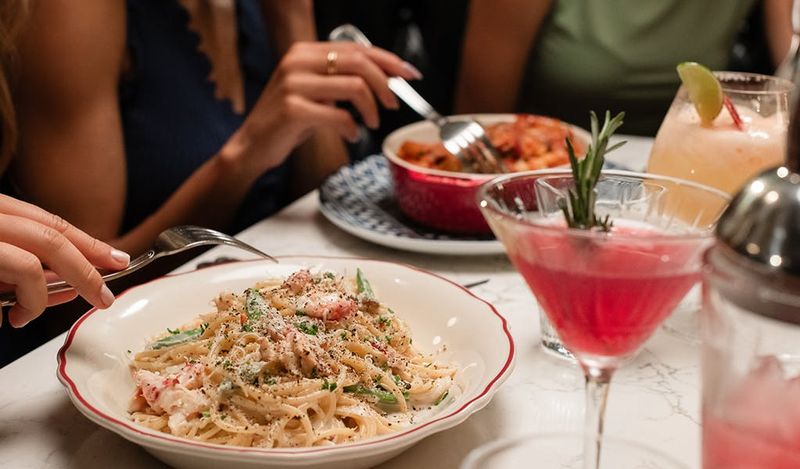
Maggiano’s elegant dining rooms and white tablecloths set expectations their kitchen consistently fails to meet. The restaurant charges fine dining prices for what amounts to assembly-line Italian food with little personality or regional authenticity.
Their famous “Today & Tomorrow” pasta deal might seem generous until you taste tomorrow’s leftover pasta today. Dishes arrive looking Instagram-ready but deliver flavors that are muted, oversalted, or bizarrely sweet – especially their signature tomato sauces.
6. Bertucci’s
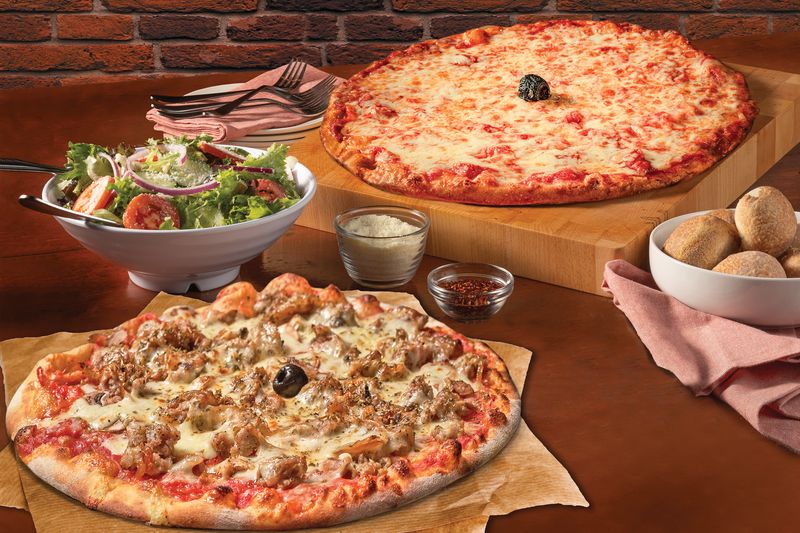
Bertucci’s financial troubles over the years mirror the declining quality of their once-decent brick oven pizzas. The chain’s multiple bankruptcy filings haven’t improved their soggy crusts or skimpy toppings that leave customers wondering where their money went.
Their signature rolls, while warm and fragrant, can’t compensate for entrees that arrive lukewarm and lacking flavor. The restaurant’s attempts at authentic Italian dishes often result in bland, uninspired versions that bear little resemblance to their original inspirations.
7. Carrabba’s Italian Grill
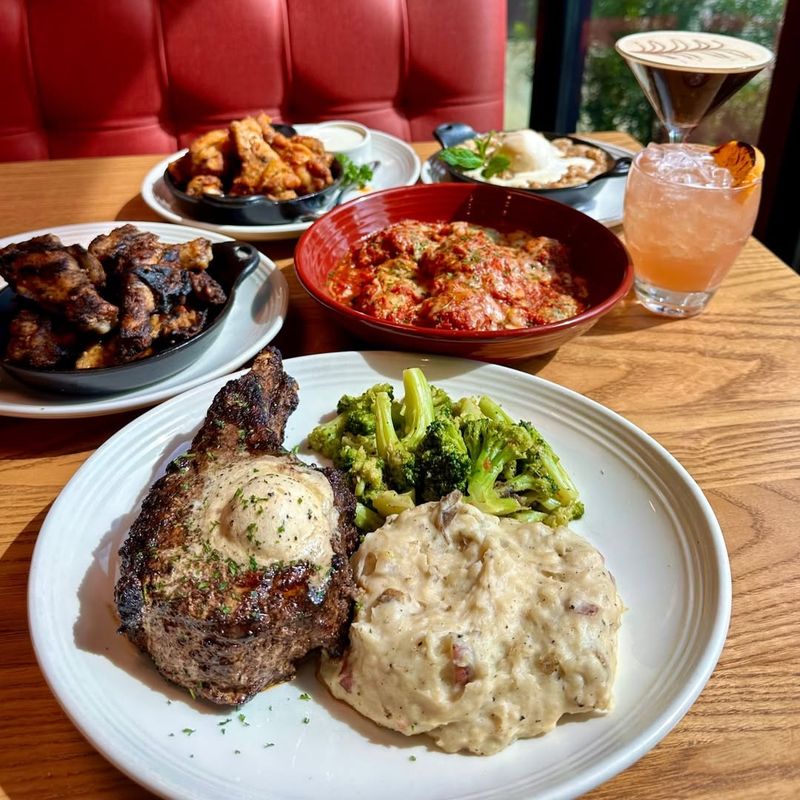
Carrabba’s has mastered the art of making simple Italian dishes unnecessarily complicated – and then charging premium prices for their troubles. Their menu reads like an authentic Italian restaurant but delivers food that’s been focus-grouped for the American suburban palate.
Servers push wine pairings and appetizers with the subtlety of used car salespeople. The signature grill items often arrive overcooked, while pasta dishes swim in sauces that taste suspiciously similar regardless of what you order.
8. Villa Italian Kitchen
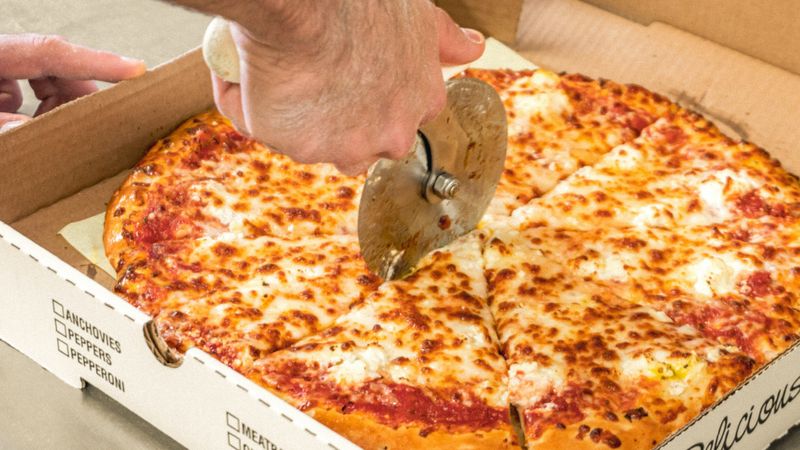
Nothing screams “authentic Italian cuisine” quite like a food court stall sandwiched between Sbarro and Panda Express. Villa Italian Kitchen has perfected the art of serving pizza that manages to be simultaneously undercooked and overcooked – with dough that’s both soggy and burnt.
Their pasta dishes sit under heat lamps for questionable periods, developing that distinctive food court skin on top. The portions might seem generous until you realize you’re paying premium restaurant prices for cafeteria-quality food served on paper plates.
9. Sbarro

Sbarro exists in a strange time warp where it’s perpetually 1987 in an airport terminal. Their pizza slices sit under heat lamps for hours, developing that distinctive hardened cheese texture that requires jaw strength comparable to chewing leather.
The crust somehow achieves the impossible – simultaneously doughy and stale. Their sauce contains enough sugar to classify their pizza as a distant cousin to dessert, while toppings look like they were applied by someone actively angry at the concept of pizza.
10. Amato’s
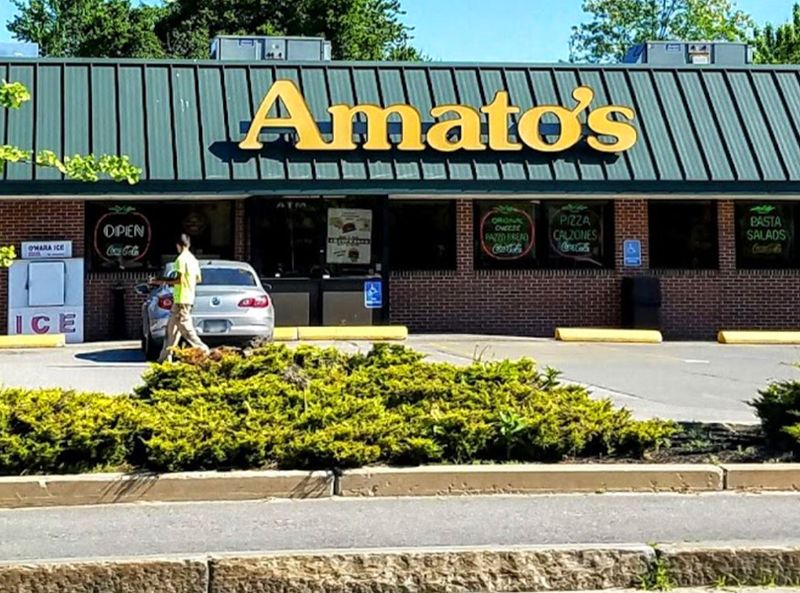
Amato’s built their reputation on their “Real Italian” sandwich – which ironically has about as much to do with authentic Italian cuisine as fortune cookies do with traditional Chinese food. Their pizza suffers from an identity crisis, unsure whether it’s trying to be Italian or Greek, ultimately failing at both.
Pasta dishes arrive drowning in sauces that taste suspiciously like they came from industrial-sized cans. The restaurant’s attempts at Italian pastries and desserts result in sugary confections that would make an actual Italian pastry chef weep.
11. North Italia
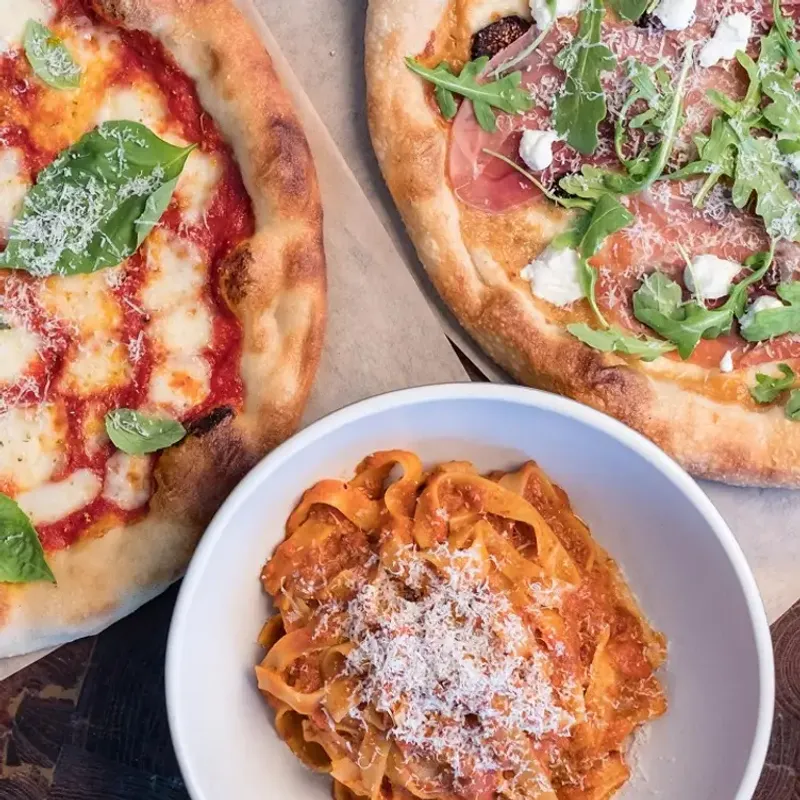
Forget everything you thought you knew about chain Italian restaurants. North Italia shatters expectations with pasta made fresh daily – you can literally watch the pasta artisans at work through glass-walled preparation areas in many locations.
Their seasonal menu adapts to what’s actually fresh and available, not what’s cheapest from the corporate supplier. The strozzapreti with chicken, mushroom, spinach, and toasted pine nuts delivers complex flavors that dance across your palate rather than clubbing it into submission.
12. Il Fornaio
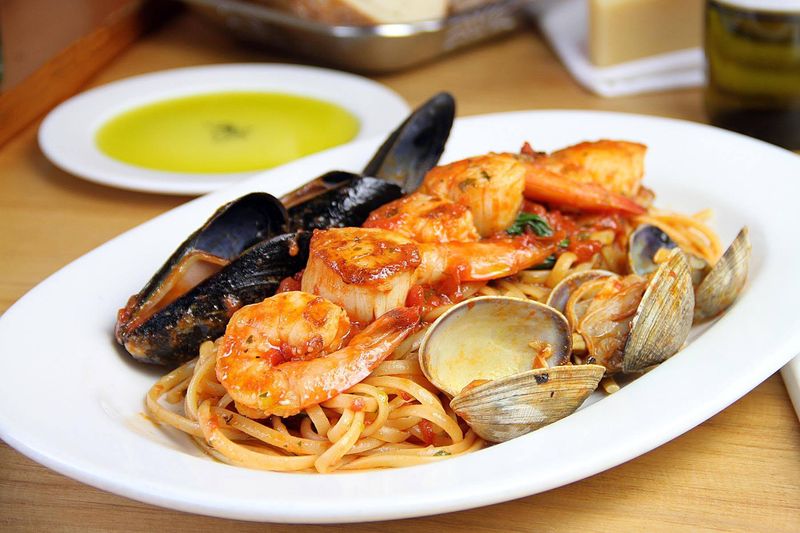
Most chain restaurants homogenize Italian food into one bland national cuisine. Il Fornaio brilliantly breaks Italy into its distinct regions, offering rotating menus that showcase specialties from Tuscany, Sicily, Veneto, and beyond.
Their bread program alone deserves special recognition – crusty, aromatic loaves emerge from wood-fired ovens throughout the day. Each location employs actual Italian chefs who understand that simplicity and quality ingredients, not mountains of cheese and garlic, are the foundation of great Italian cooking.
13. Eataly Restaurants

Eataly brilliantly combines market and restaurant, allowing chefs to literally walk a few steps to select the freshest ingredients for your meal. This isn’t just dinner – it’s an immersive Italian food experience where you can watch mozzarella being made by hand before it lands on your pizza.
Each specialized restaurant within Eataly focuses on perfecting specific aspects of Italian cuisine – whether it’s seafood, pasta, pizza, or meat dishes. The rotating seasonal menus ensure you’re eating what’s actually at its peak, not what was easiest to ship frozen across the country.
14. Macaroni Grill

Drawing on butcher paper tablecloths might seem gimmicky, but Macaroni Grill balances fun touches with surprisingly legitimate Italian cooking. Their open kitchens aren’t just for show – they actually prepare most dishes from scratch, unlike many competitors.
The rosemary bread served with quality olive oil sets the tone for a meal that respects Italian flavors without drowning everything in cheese. Their Pasta Milano with roasted chicken, sun-dried tomatoes, and mushrooms delivers complex flavor without resorting to excessive cream or salt.
15. Bravo! Italian Kitchen
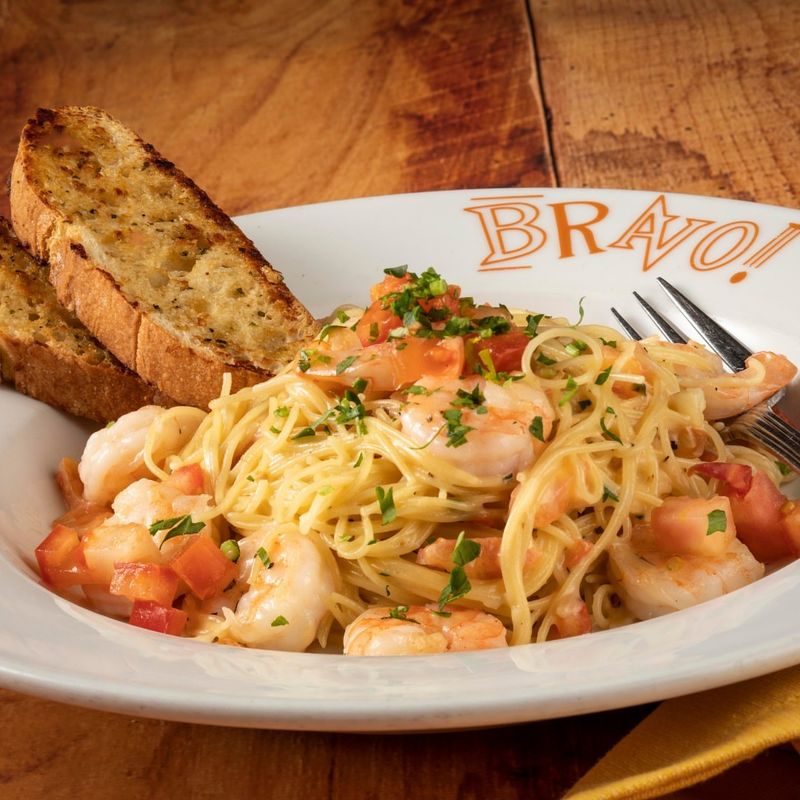
Bravo! manages to thread the needle between accessibility and authenticity, offering familiar Italian comfort foods with unexpected touches that elevate them above typical chain fare. Their grilled salmon with Mediterranean orzo doesn’t just check the “healthy option” box – it’s legitimately delicious.
The restaurant’s commitment to made-from-scratch sauces means your pasta arrives with distinct flavors rather than the one-sauce-fits-all approach of lesser chains. Their wood-grilled steaks might seem out of place at an Italian restaurant until you taste how they’re prepared with Italian herbs and accompaniments.
16. Biaggi’s Ristorante Italiano
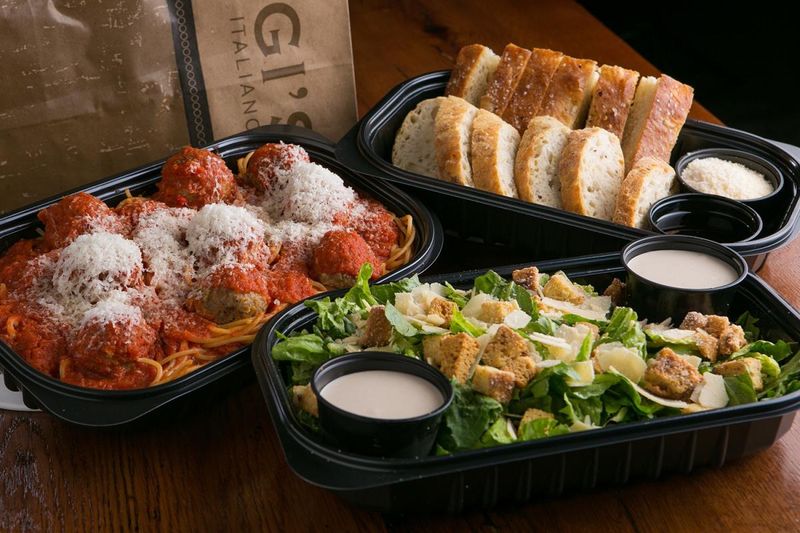
Hidden predominantly in Midwest states, Biaggi’s proves great Italian food isn’t exclusive to coastal cities. Their pasta portions arrive properly sauced – not swimming in excess – allowing the quality of their house-made pasta to shine through.
The restaurant’s zucca (butternut squash) ravioli with brown butter, crispy sage and toasted hazelnuts demonstrates their willingness to embrace traditional Italian flavor combinations rather than just drowning everything in marinara. Even their gluten-free options taste intentional rather than apologetic afterthoughts.
17. Pasta Pomodoro
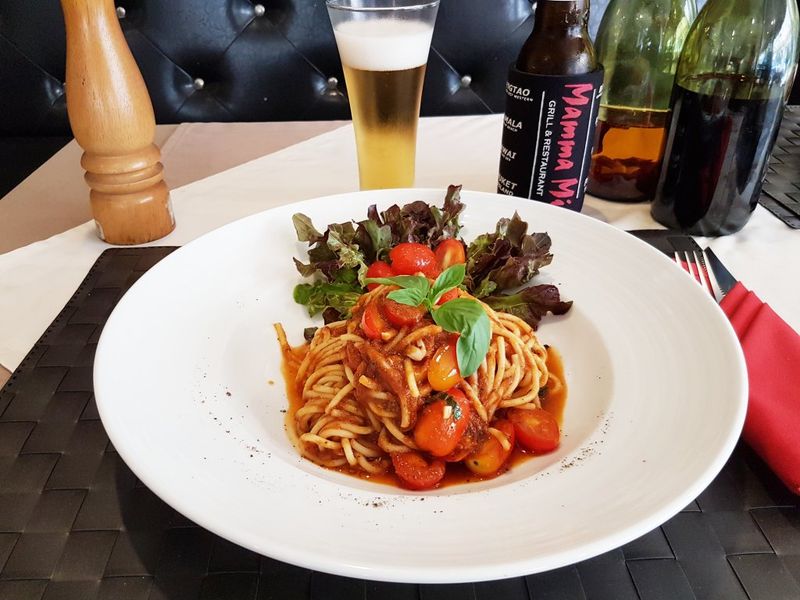
Pasta Pomodoro feels like the neighborhood Italian joint you wish was on your corner – casual enough for weeknight dinner but with food quality that makes it special occasion-worthy. Their commitment to simple, clean flavors allows quality ingredients to shine without unnecessary complications.
The restaurant’s pasta pomodoro – their namesake dish – proves that perfect execution of a simple tomato sauce is an art form few chains have mastered. Seasonal specials actually reflect what’s in season, not marketing promotions dictated by corporate headquarters.
18. Olivetto

Olivetto boldly embraces California’s agricultural bounty while maintaining deep respect for Italian culinary traditions. The result is a dining experience that feels both innovative and authentic – no small feat for a restaurant chain.
Their seasonal vegetable antipasti showcase produce at its peak, treated with the same reverence Italian chefs give to prosciutto or cheese. Wood-fired pizzas emerge with perfectly blistered crusts and toppings that make sense together rather than competing for attention.

